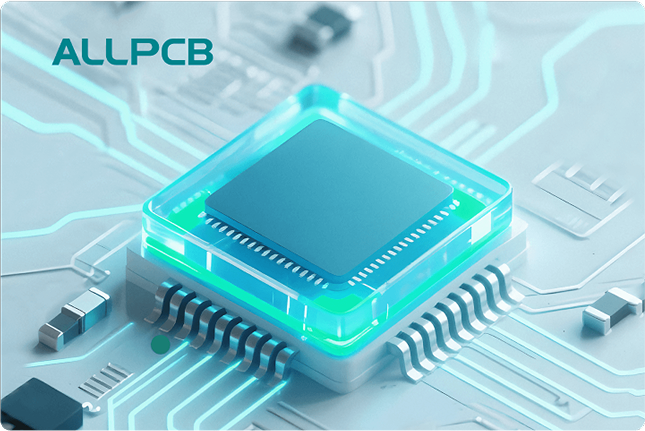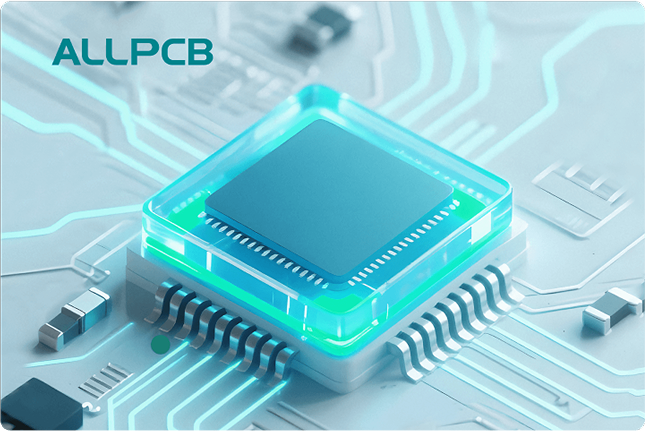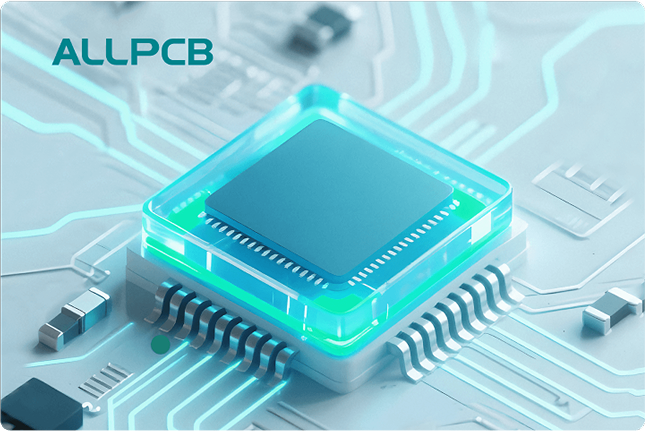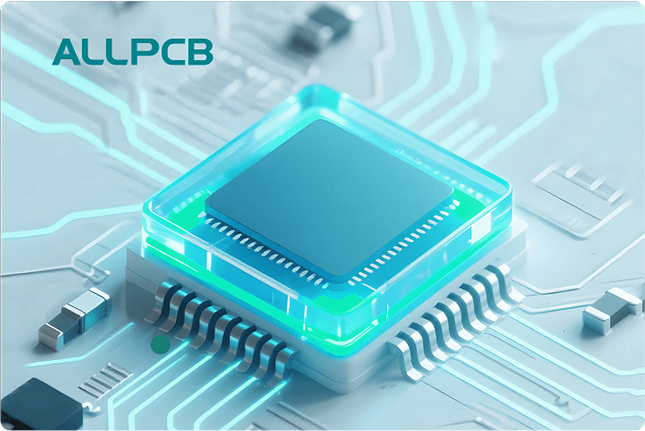When it comes to assembling printed circuit boards (PCBs), choosing between manual PCB assembly and automated PCB assembly can make a significant difference in cost, quality, and turnaround time. So, which is right for your project? The answer depends on factors like your production volume, budget, and design complexity. For PCB prototyping or low volume PCB production, manual assembly often offers flexibility and lower upfront costs. On the other hand, automated assembly shines in high volume PCB production with its speed, precision, and reduced per-unit cost.
In this detailed guide, we’ll break down the differences between manual and automated PCB assembly, compare their pros and cons for various scenarios, and provide a clear assembly cost comparison. Whether you’re working on a small prototype or scaling up to mass production, this blog will help you make an informed decision for your next project.
What is PCB Assembly, and Why Does the Method Matter?
PCB assembly is the process of attaching electronic components to a printed circuit board to create a functional device. This step is critical because it directly impacts the performance, reliability, and cost of the final product. The two primary methods—manual and automated—offer different advantages depending on the scale and goals of your project.
Choosing the right assembly method matters because it affects everything from production speed to error rates. A mismatch, like using manual assembly for high volume PCB orders, can lead to higher costs and delays. Similarly, opting for automated assembly in PCB prototyping might result in unnecessary expenses if only a few boards are needed. Let’s dive deeper into each method to understand their strengths and weaknesses.

Understanding Manual PCB Assembly
Manual PCB assembly involves technicians using hand tools, soldering irons, and microscopes to place and solder components onto the board. This method is labor-intensive but highly customizable, making it a popular choice for specific scenarios.
Advantages of Manual PCB Assembly
- Flexibility for Customization: Manual assembly allows for quick adjustments during PCB prototyping. If a design change is needed mid-process, a technician can adapt without reprogramming machinery.
- Lower Initial Costs: For low volume PCB production (typically under 100 units), manual assembly avoids the high setup costs associated with automated systems. There’s no need for expensive programming or machine calibration.
- Ideal for Complex or Unique Designs: Some PCBs have non-standard components or require special handling (e.g., heat-sensitive parts). Manual assembly ensures precision in such cases.
Disadvantages of Manual PCB Assembly
- Slower Production Speed: A skilled technician might assemble 50-100 components per hour, compared to thousands per hour with automation.
- Higher Error Rates: Human error, such as misaligned components or inconsistent soldering, can lead to defects. Studies suggest manual assembly error rates can be as high as 1-2% per board in repetitive tasks.
- Costly for High Volumes: Labor costs add up quickly in high volume PCB production, making manual assembly less economical beyond a certain threshold.
Manual PCB assembly is often the go-to choice for startups or engineers working on initial designs where flexibility trumps speed. However, as production scales, its limitations become more apparent.
Exploring Automated PCB Assembly
Automated PCB assembly uses advanced machinery, such as pick-and-place robots and reflow ovens, to place and solder components with minimal human intervention. This method is designed for efficiency and consistency, especially in larger production runs.
Advantages of Automated PCB Assembly
- High Speed and Efficiency: Automated systems can place over 10,000 components per hour, drastically reducing production time for high volume PCB orders.
- Precision and Consistency: Machines ensure uniform soldering and component placement, reducing error rates to below 0.01% in many cases.
- Cost-Effective for Large Runs: While setup costs are higher, the per-unit cost drops significantly in high volume PCB production, often saving 30-50% compared to manual methods for batches over 1,000 units.
Disadvantages of Automated PCB Assembly
- High Initial Investment: Setting up automated lines requires programming, machine calibration, and sometimes custom tooling, which can cost thousands of dollars upfront.
- Less Flexibility: Design changes during production require reprogramming, which can delay timelines and add costs. This makes it less ideal for PCB prototyping.
- Not Suited for Very Small Batches: For low volume PCB runs (under 100 units), the setup costs often outweigh the benefits of automation.
Automated assembly is a powerhouse for mass production, offering unmatched speed and reliability. However, its rigid setup makes it less practical for small, experimental projects.

Manual vs. Automated Assembly: Key Scenarios for Each
Now that we’ve covered the basics, let’s look at specific scenarios to help you decide which method suits your needs. We’ll focus on PCB prototyping, low volume PCB production, and high volume PCB production.
PCB Prototyping: Manual Assembly Wins
During the prototyping phase, designs are often in flux. Engineers may need to test multiple iterations, tweak component placement, or swap parts on the fly. Manual PCB assembly excels here because it allows for immediate adjustments without the need for machine reprogramming. Additionally, since only 1-10 boards are typically needed, the labor cost remains manageable. For example, assembling a prototype board manually might take 2-3 hours at a labor rate of $30/hour, totaling $60-90 per board—a reasonable expense for early-stage testing.
Low Volume PCB Production: Manual or Hybrid Approach
For low volume PCB runs (10-250 units), the choice depends on complexity and budget. Manual assembly is often more cost-effective for batches under 100 units, especially if the design includes through-hole components or requires special handling. However, for slightly larger low volume runs (100-250 units), a hybrid approach—using automated placement for standard components and manual soldering for unique parts—can balance cost and quality. A typical low volume order of 100 boards might cost $10-15 per board manually, compared to $8-12 with partial automation, assuming a $500 setup fee for the automated portion.
High Volume PCB Production: Automation Dominates
For high volume PCB production (over 1,000 units), automated assembly is almost always the better choice. The per-unit cost drops significantly due to economies of scale, and the speed of production ensures faster delivery. For instance, producing 5,000 boards manually at $10 per board would cost $50,000 and take weeks, while an automated line might reduce the per-unit cost to $3-5, totaling $15,000-25,000, with completion in days. The upfront setup cost of $2,000-5,000 for automation becomes negligible at this scale.
Assembly Cost Comparison: Breaking Down the Numbers
Cost is often the deciding factor when choosing between manual and automated PCB assembly. Below, we’ve outlined a detailed assembly cost comparison to give you a clearer picture. These figures are approximate and based on industry averages for a standard 2-layer PCB with 50 components.
| Production Volume | Manual Assembly Cost (Per Unit) | Automated Assembly Cost (Per Unit) | Setup Cost (Automated) |
|---|---|---|---|
| 1-10 Units (Prototyping) | $50-100 | $200-300 | $1,000-2,000 |
| 100-250 Units (Low Volume) | $15-30 | $10-20 | $1,000-2,000 |
| 1,000+ Units (High Volume) | $10-20 | $3-5 | $2,000-5,000 |
Key Takeaways from the Cost Analysis:
- For PCB prototyping (1-10 units), manual assembly is far more economical due to the high setup costs of automation.
- In low volume PCB production (100-250 units), costs start to balance out. Automation becomes viable if setup fees are spread across enough units.
- For high volume PCB production (1,000+ units), automated assembly offers significant savings, often cutting per-unit costs by 50% or more.
Other factors, such as component type and board complexity, can influence costs. For example, surface-mount technology (SMT) components are easier to automate, while through-hole components often require manual soldering, adding to labor expenses.
Quality and Reliability: How Assembly Method Impacts Performance
Beyond cost, the assembly method affects the quality and reliability of your PCB. Manual assembly, while precise in skilled hands, can lead to inconsistencies. For instance, uneven soldering might cause a joint to fail under thermal stress, leading to a short circuit. Automated systems, on the other hand, use controlled reflow soldering processes to ensure uniform heat distribution, minimizing such risks.
In terms of reliability metrics, automated assembly often achieves defect rates as low as 10-50 parts per million (PPM), while manual assembly might range from 1,000-2,000 PPM in repetitive tasks. For critical applications—like medical devices or automotive electronics—automation’s consistency is non-negotiable.
Turnaround Time: Speed as a Deciding Factor
Time-to-market is crucial in electronics development. Manual PCB assembly for a small batch of 10 boards might take 1-3 days, depending on complexity. In contrast, setting up an automated line for the same batch could take 2-5 days due to programming and calibration, even though the actual assembly is faster. For high volume PCB orders, automation cuts turnaround time dramatically—think days instead of weeks for thousands of units.
If speed is your priority and you’re working on a large order, automation is the clear winner. For smaller runs or urgent prototypes, manual assembly often gets the job done faster.
Hybrid Assembly: The Best of Both Worlds?
In some cases, a hybrid approach combining manual and automated methods offers the best solution. For low volume PCB production with mixed component types, automated systems can handle standard SMT placement, while technicians manually solder through-hole or sensitive parts. This method keeps costs lower than full manual assembly while maintaining flexibility for custom elements.
For example, a hybrid assembly of 200 boards might involve a $1,000 setup fee for automation plus $5 per board in manual labor, totaling $2,000-2,500. This is often more affordable than the $3,000-4,000 for fully manual assembly at this volume.

Final Thoughts: Making the Right Choice for Your PCB Project
Deciding between manual PCB assembly and automated PCB assembly comes down to your project’s specific needs. If you’re in the early stages of PCB prototyping or handling low volume PCB runs with frequent design changes, manual assembly offers the flexibility and lower upfront costs you need. For high volume PCB production, automated assembly is the way to go, delivering unmatched speed, precision, and cost savings over large batches.
Consider your budget, timeline, and quality requirements carefully. Use the assembly cost comparison provided to estimate expenses, and weigh the trade-offs between speed and adaptability. By aligning your choice with your production goals, you’ll ensure a smoother manufacturing process and a better end product.
At ALLPCB, we’re committed to supporting you at every stage of your PCB journey. Whether you need assistance with a single prototype or a large-scale production run, our team is ready to provide tailored solutions to meet your needs. Trust us to help you navigate the complexities of PCB assembly with confidence.
 ALLPCB
ALLPCB







